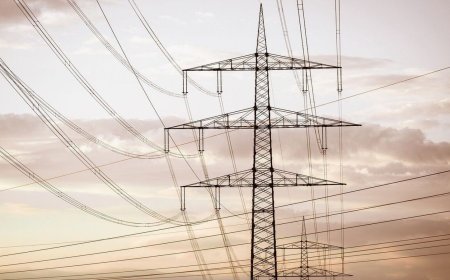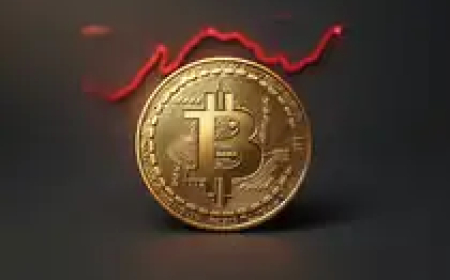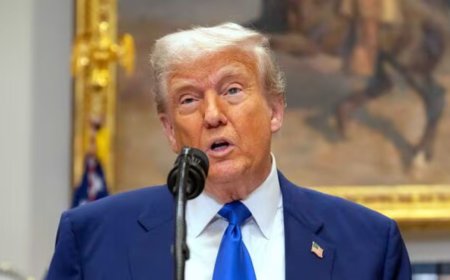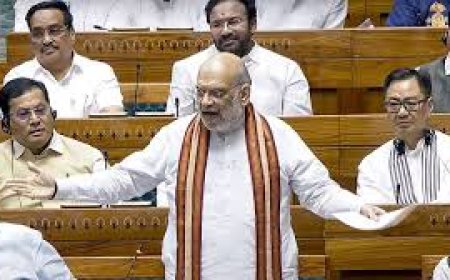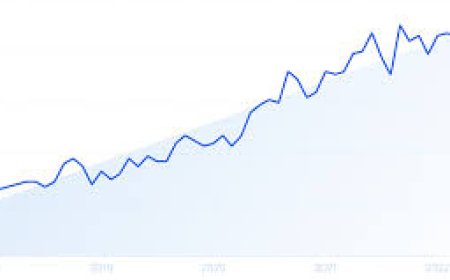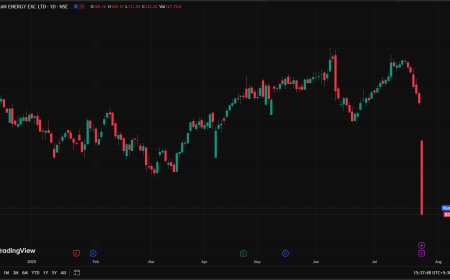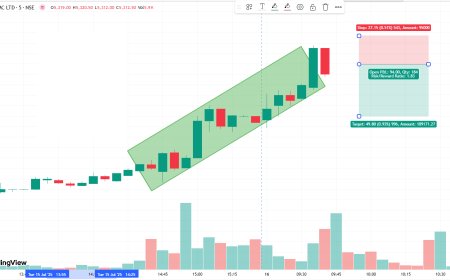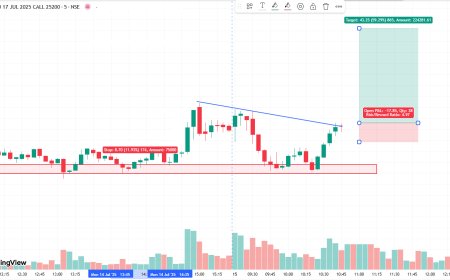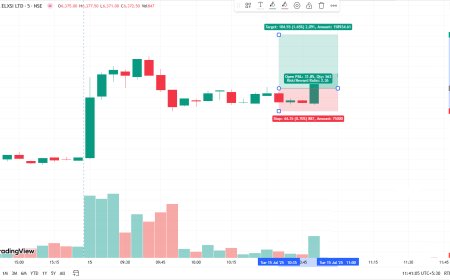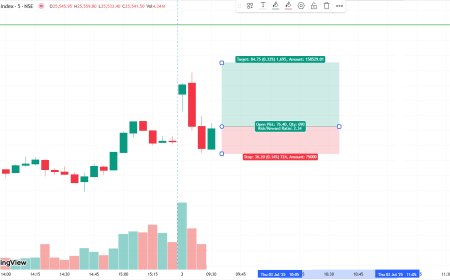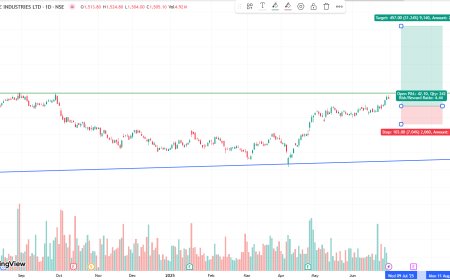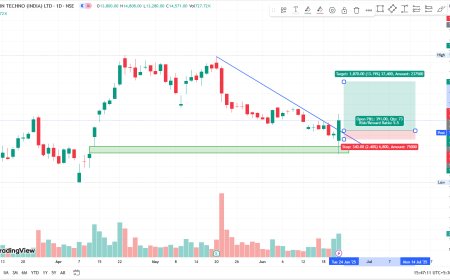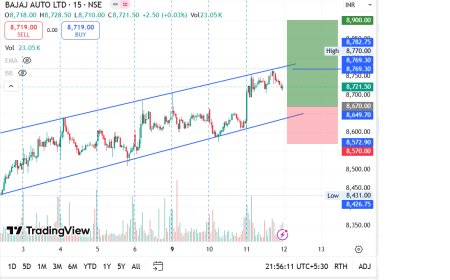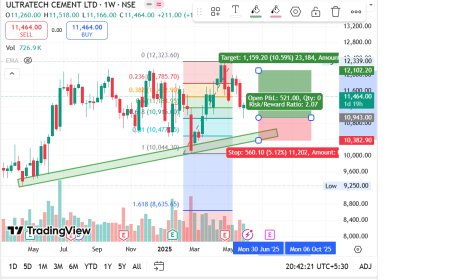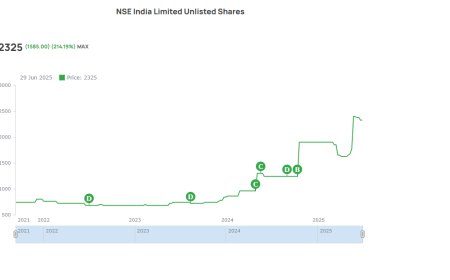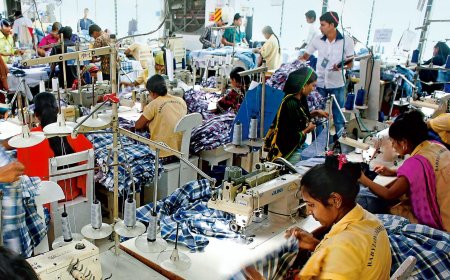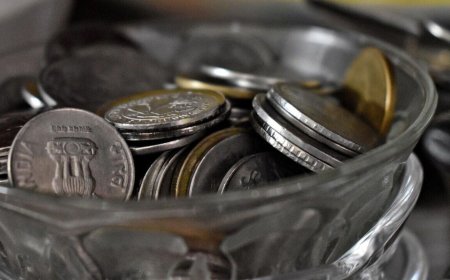India plans to offer grants, ease regulatory norms for rare earth processing amid China supply woes
India unveils policy incentives and regulatory reforms to boost rare earth processing and reduce dependence on China, attracting global interest and investor attention.
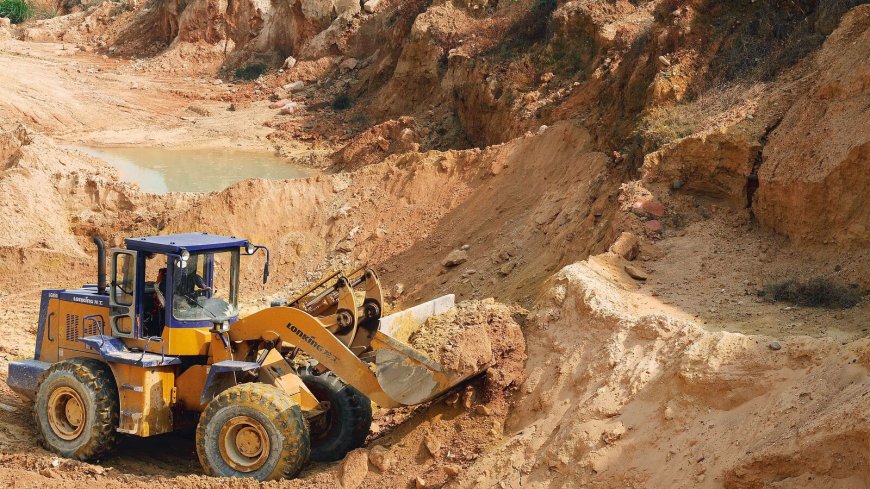
New Delhi, June 17, 2025 — In a strategic move to bolster its position in the global supply chain for critical minerals, the Indian government is planning to offer financial grants and simplify regulatory procedures for companies involved in rare earth element (REE) processing. This policy initiative comes as global dependence on China for rare earth supplies faces heightened scrutiny, driven by geopolitical tensions and Beijing’s tighter export controls.
Rare Earths: India’s Untapped Strategic Asset
Rare earth elements, a group of 17 chemically similar metals, are essential to modern technologies—from electric vehicles and wind turbines to smartphones and defense equipment. Although India possesses significant rare earth reserves, it remains a marginal player in the global market, which is currently dominated by China, accounting for more than 85% of processing capacity.
According to government officials, the Ministry of Mines is drafting a policy framework to incentivize both public and private players to invest in rare earth value chains. The new framework is expected to include production-linked incentives (PLI), tax holidays, and concessional land allotments for setting up separation and refining units.
“India is well-positioned to become a reliable alternative in the global rare earths market. The aim is to reduce the regulatory bottlenecks and attract high-tech investment in the downstream segment,” said a senior official at the Department of Atomic Energy.
China’s Supply Curbs Prompt Urgency
China’s decision earlier this year to further tighten its control on REE exports, citing national security, has reignited concerns in the West and allied economies. The move disrupted global supply chains, sent rare earth prices soaring, and pushed countries like the U.S., Japan, and members of the EU to seek alternative suppliers.
India, with its rich deposits of monazite-bearing beach sands, particularly in Tamil Nadu, Odisha, and Kerala, has emerged as a viable alternative. However, limited refining infrastructure and stringent regulations around atomic mineral handling have so far impeded large-scale development.
“China’s export restrictions have created a structural opportunity for countries like India, Australia, and the U.S. to scale up rare earth production. India’s new policy direction could reshape the geopolitical landscape of critical minerals,” said Dr. Neha Sharma, Resource Economist at the Observer Research Foundation (ORF).
Key Policy Proposals
As per early drafts of the policy under review, the government plans to:
-
Provide upfront capital grants of up to 30% for setting up REE processing facilities.
-
Ease clearances under the Atomic Energy Act for non-radioactive REEs to reduce red tape.
-
Create a unified regulatory authority to streamline approvals for exploration, mining, and processing.
-
Encourage foreign direct investment (FDI) through relaxed caps in joint ventures.
-
Partner with countries like Australia and Japan to adopt best practices and technology sharing.
The Indian Rare Earths Limited (IREL), a public sector undertaking, is expected to play a lead role in joint ventures with domestic and foreign partners to de-risk project development.
Industry Response and Global Interest
The policy shift has already begun attracting interest from several multinational corporations. Companies in Japan and South Korea—both heavily dependent on Chinese REE imports—have expressed willingness to co-invest in India’s processing units, especially with the government backing the sector.
Vedanta, Tata Steel, and Adani Enterprises are among Indian conglomerates reportedly exploring entry into rare earths, either through exploration licenses or downstream refining capacities.
“This is a long-awaited step. For India to evolve from a minerals exporter to a value-added producer, a stable regulatory environment and financial support are critical,” said Sanjeev Bhatnagar, Head of Commodities Research at Kotak Securities.
Environmental and Social Considerations
While the economic and strategic rationale is strong, environmental activists have raised concerns about the ecological impact of rare earth extraction, particularly in coastal regions rich in biodiversity. The government is expected to mandate strict environmental assessments and ensure community consultation before granting licenses.
The policy also envisages the development of green technologies and circular economy principles—such as rare earth recycling and waste minimization—to address sustainability challenges.
Investor Outlook: Opportunities and Risks
From an investor’s perspective, the rare earth sector presents a high-risk, high-reward scenario. The market remains volatile, driven by geopolitical forces, technological advances, and regulatory changes. However, India’s entry with policy clarity and incentives may offer early-mover advantages in what could be a multi-decade growth story.
The NSE-listed PSU IREL and private mining companies may see increased investor interest in the short-to-medium term. Mutual funds and foreign institutional investors (FIIs) focused on strategic materials, clean tech, and EV supply chains are also likely to track developments closely.
“Rare earths are the new oil in the age of electrification. India’s intent to be a serious player can potentially yield strong long-term returns if execution matches ambition,” said Rajeev Desai, Portfolio Manager at Edelweiss Mutual Fund.
India’s rare earth policy push is timely and strategic, aiming to position the country as a credible alternative to China in critical mineral supply chains. While challenges remain in execution, environmental management, and global competition, the move signals India’s broader aspiration to lead in the green economy transition. Stakeholders across industry, policy, and global markets will be watching closely as the nation unlocks the potential of its rare earth reserves.
What's Your Reaction?
 Like
0
Like
0
 Dislike
0
Dislike
0
 Love
0
Love
0
 Funny
0
Funny
0
 Angry
0
Angry
0
 Sad
0
Sad
0
 Wow
0
Wow
0


